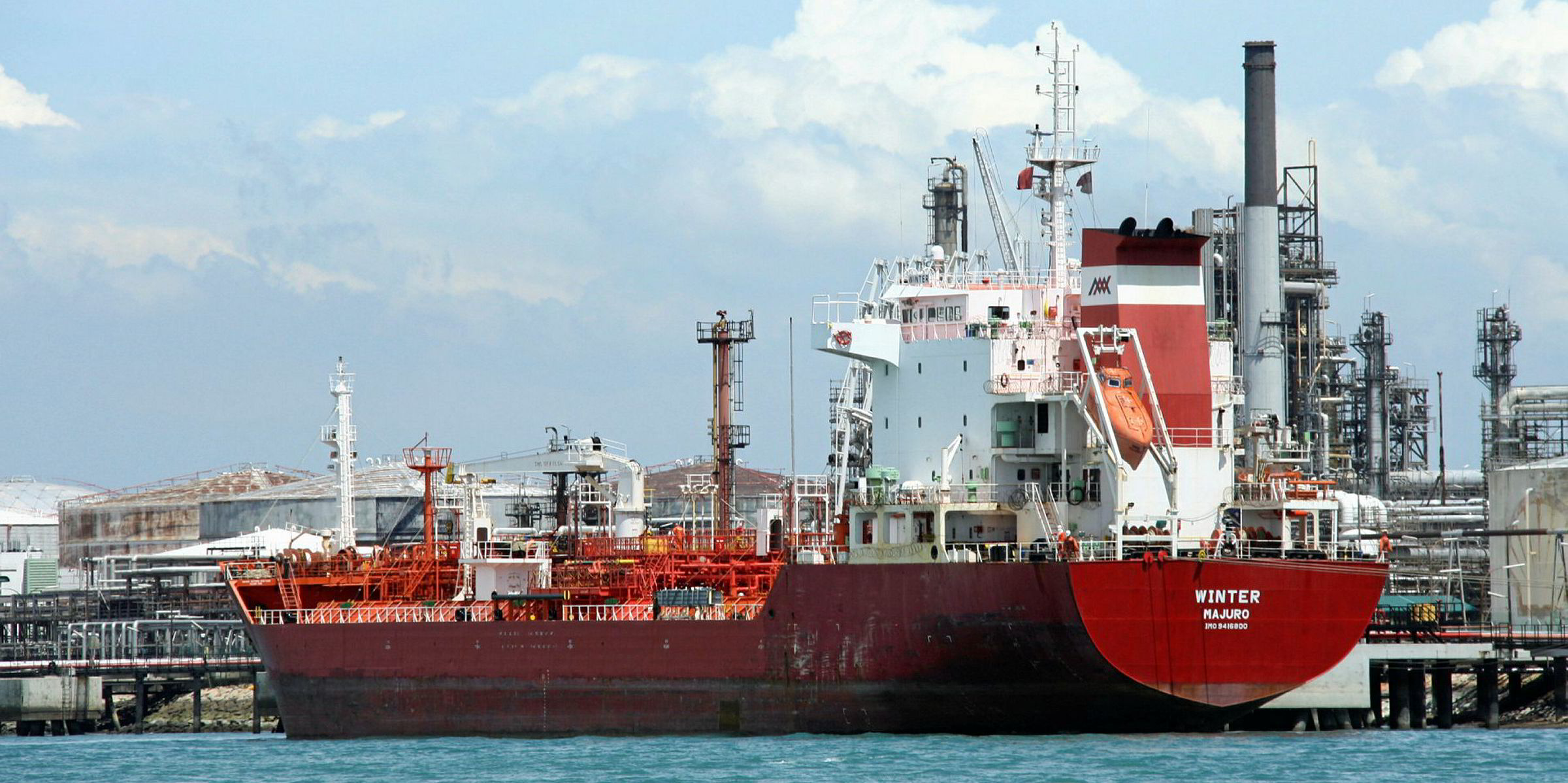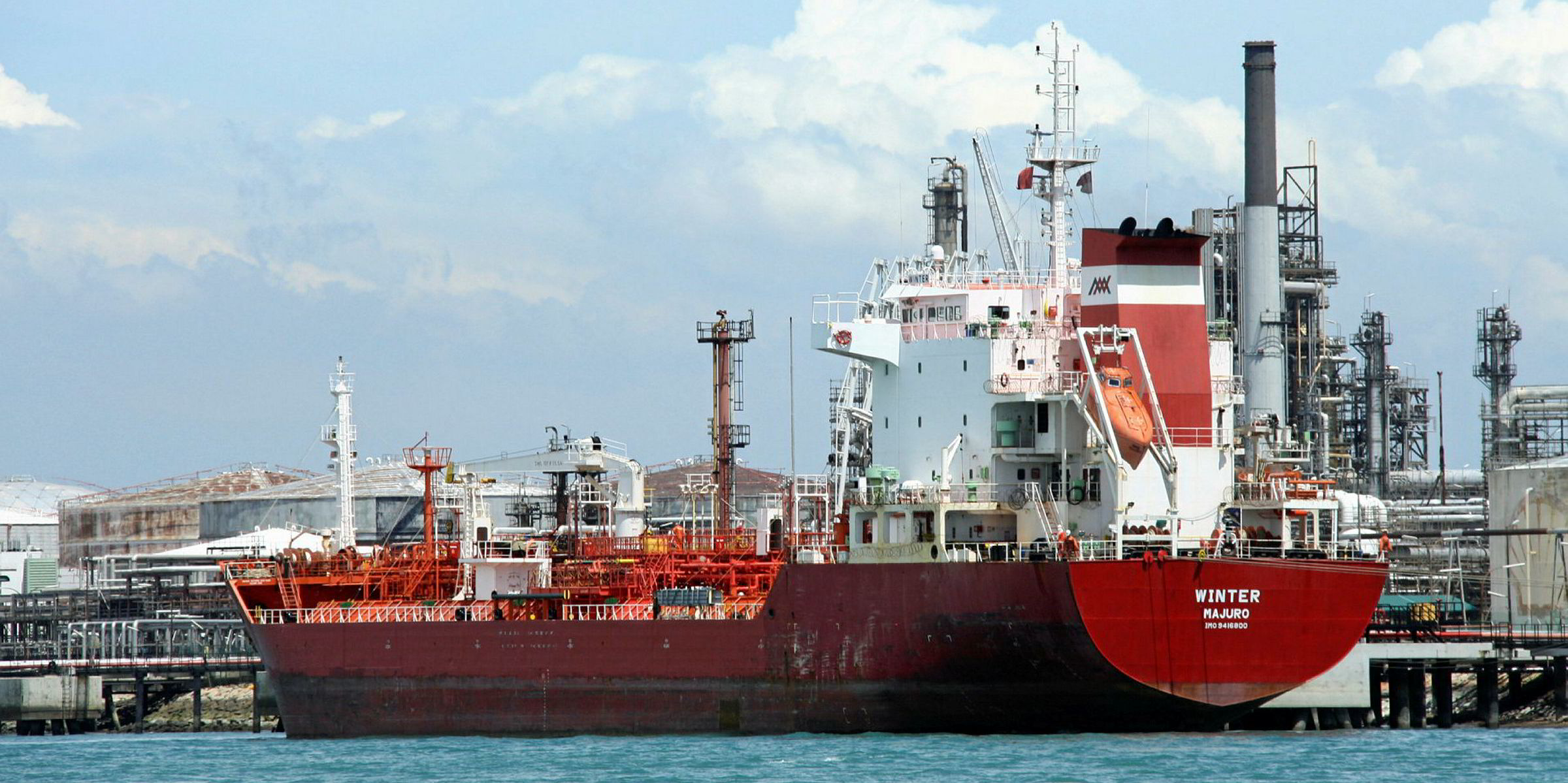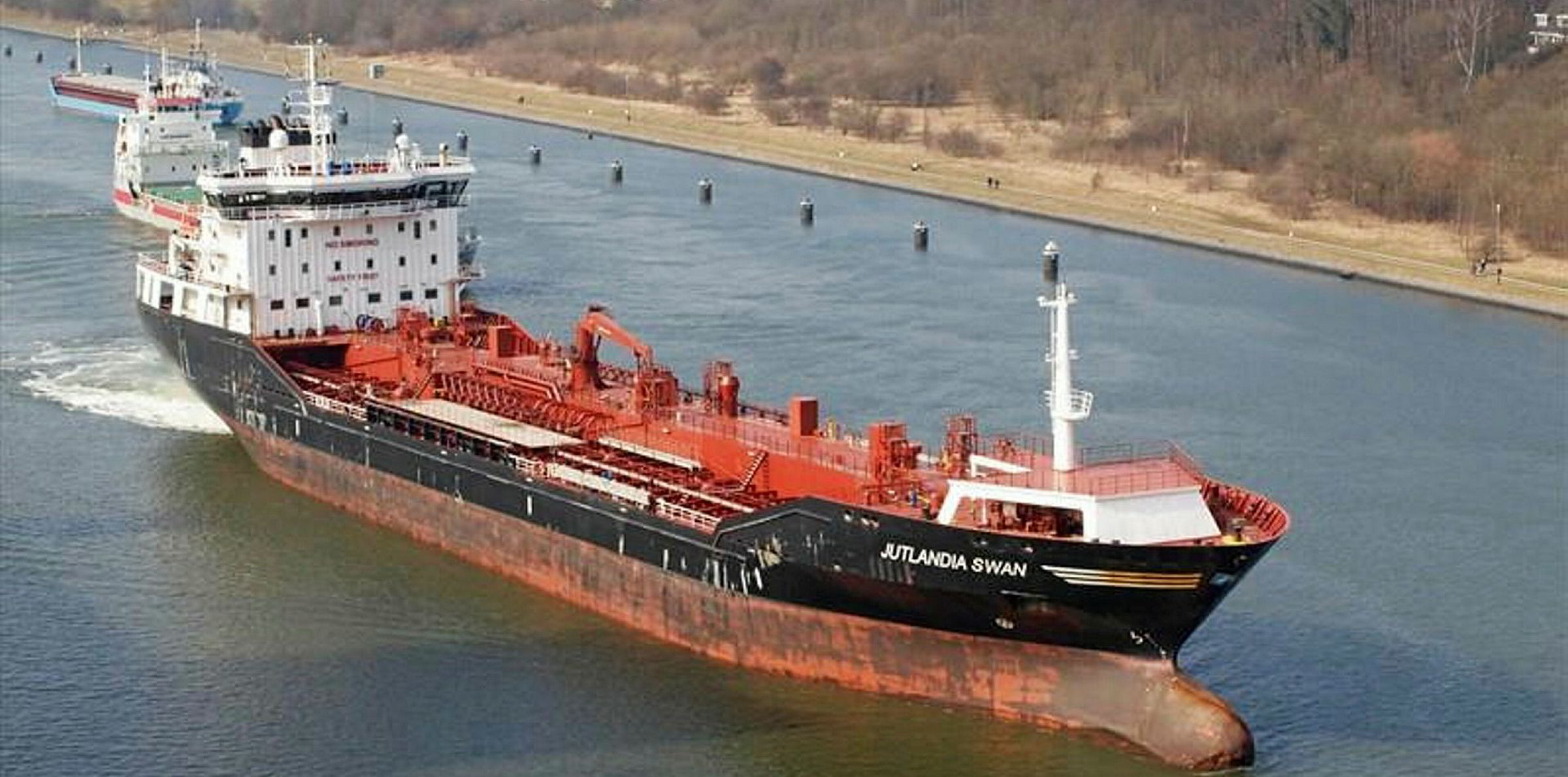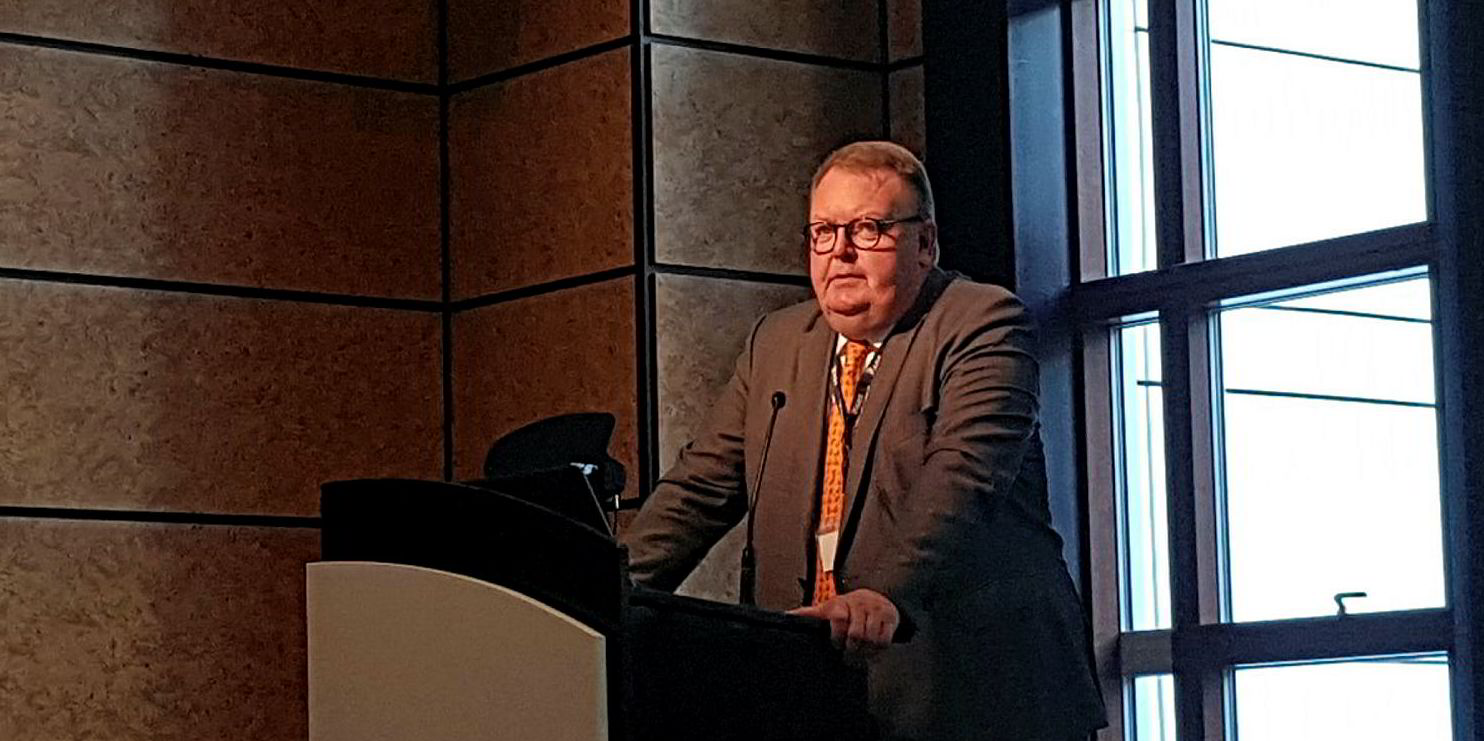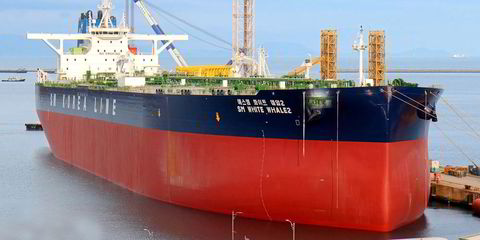Small coated tankers are poised for a sustainable earnings recovery as the balance between supply and demand turns favourable despite regulatory and geopolitical uncertainties, according to industry officials.
Daily time charter equivalent rates for coated chemical and product tankers below 20,000 dwt have often struggled to stay above break-even levels in the past few years, weighed down by oversupplied tonnage amid slow trades.
However, with a shrinking orderbook after years of limited newbuilding investments, some players suggest the market is coming out of the doldrums.
Seaborne volume is ‘definitely increasing’
“If the orderbook remains at this level, we should be able to see some good market from the second half of this year to next year, because [seaborne] volume is definitely increasing,” said Manish Jain, director of operations at Womar Logistics, which commercially manages dozens of small tankers.
In this segment, vessels generally focus on chemical trades but can also carry petroleum products. Clarksons data shows only 110 chemical and product tankers below 20,000 dwt on the orderbook, compared with 3,203 in service.
In particular, Drewry associate Hugo Finlay pointed out the segment of 10,000-dwt vessels or smaller could see reduced capacity in the coming quarters, with much scrapping expected due to their age profile. Based on Drewry estimates, 60 such vessels will be 25 years this year, while more than 45 will reach that age in 2020.
With the two-year grace period for the IMO’s Ballast Water Management Convention enforcement set to end in September this year, Christiania Shipping chief operating officer Torben Larsen said shipowners might even send their vessels to breakers’ yards once they reach 20 years of age.
“The costs for [installing] ballast water treatment systems will be substantial” for vessels whose remaining trading lifespan is limited, said Larsen, estimating the cost at $100,000 to $300,000.
New organic chemical capacity continues to come on stream in US and Middle East, which will have a significant impact on tonne-mile demand
Odfjell
As for demand, Drewry expects annual seaborne chemical trade to grow by 2% in the coming years. Clarksons predicts seaborne volume will rise from 320 million tonnes last year to 336 million tonnes in 2019 and 352 million tonnes next year.
“New organic chemical capacity continues to come on stream in [the] US and Middle East, which will have a significant impact on tonne-mile demand,” Odfjell said in a company report.
“Small tankers have [the] best hope of reaching supply-demand balance,” Finlay said. “[This is an area] where you can see an opportunity.”
Still, the bright prospects have been clouded by market uncertainties on several fronts.
Global sulphur limits in bunkers will be lowered from 3.5% to 0.5% next year. While this will trigger more shipments of bunker products, vessel operators will also face higher fuel costs, according to analysts.
Compared with large crude and product tankers, incremental bunker expenses will account for larger proportions of small ships’ voyage costs — and these are unlikely to be easily passed on to charterers, Finlay said. “IMO fuel regulations will have a significant adverse effect on earnings,” he added.
With future trade arrangements between the UK and European Union still uncertain, Brexit could also lead to unforeseeable changes in shortsea trades.
VesselsValue records 1,456 small tanker shipments from the UK to north-west Europe and 1,476 shipments going the other way in the year to 8 March. (The data provider defines small tankers as vessels below 30,000 dwt.)
Brexit? ‘Nobody knows anything’
But uncertainties over future tariff rates and customs clearance procedures loom large, even though charterers’ behaviour has yet to change, according to Larsen. “Nobody knows anything ... It could be a big mess,” he said.
The underlying concern for shipowners has been the impact of US-China trade tensions on economic growth, which is generally a determining factor for shipping demand.
Clarksons estimates 1.1% of chemical trades have faced additional tariffs during the trade spat, although it believes the impact on tonne miles is minor.
“[There is] no material impact from the ongoing trade war as volumes are swapped around. In many instances, this [has] led to higher demand for vessels,” according to Odfjell, but “the indirect impact on global GDP is more of a concern”.
